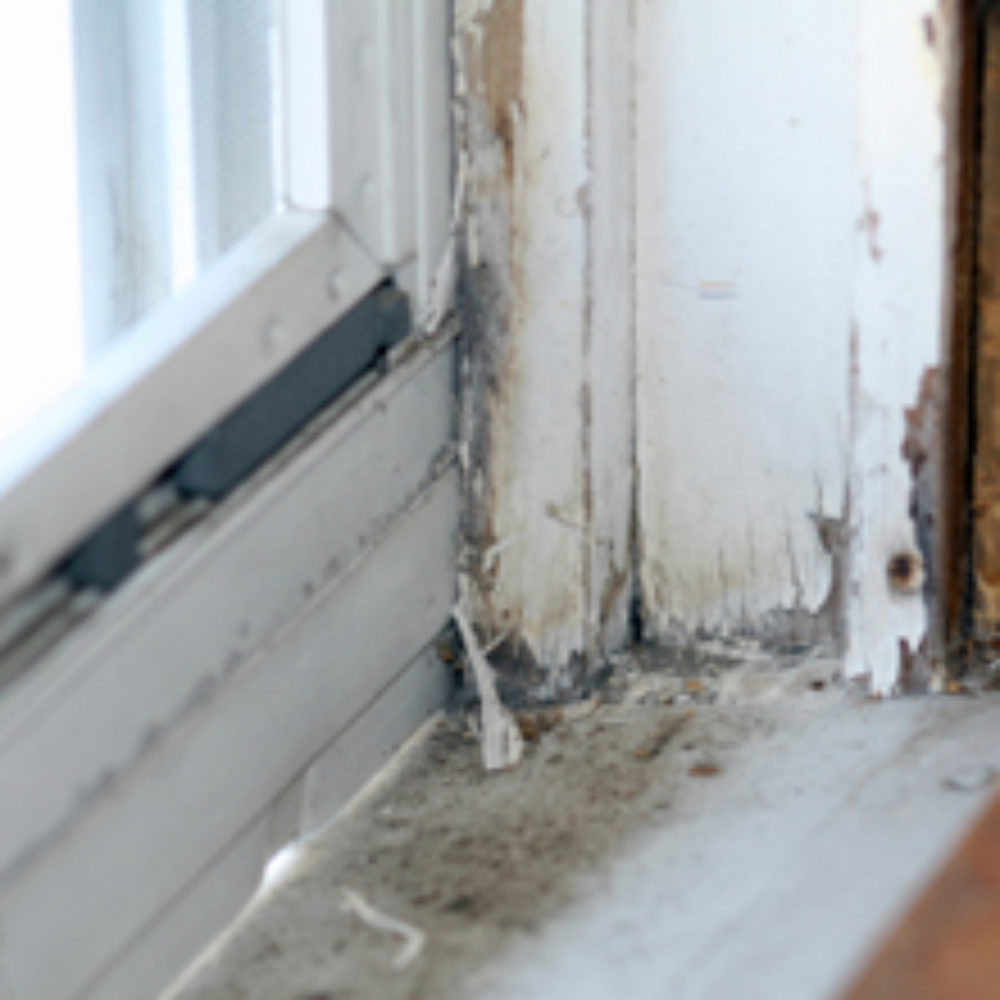Maryland Children Diagnosed with Lead Poisoning Hits Another New Low

Maryland health officials say that the number of children suffering from lead poisoning continues to fall, dropping to new lows once-again last year.
According to a report from the Maryland Department of Environment (PDF), only 364 children were found to have dangerously high levels of lead in their blood in 2012. This compares to 452 children the year before, which was the lowest level seen since the state first began testing children in 1993.
The findings were even more encouraging to state officials because more children were tested last year than in previous years. The report also comes after a decision last year by the U.S. Centers for Disease Control and Prevention (CDC) that dropped the “level of concern” for blood lead levels in children from 10 micrograms per deciliter to five. The move doubled the amount of children in the U.S. considered at risk for adverse health effects.

Learn More About
Children diagnosed with lead poisoning after exposure to peeling or chipping lead paint in a rental home may be entitled to financial compensation and benefits.
Learn More About this Lawsuit SEE IF YOU QUALIFY FOR COMPENSATIONMaryland officials say the drop in children diagnosed with lead poisoning was mostly attributed to the state’s laws requiring rental property owners to reduce the risk of lead exposure for young tenants in properties built between 1950 and 1978. The state is now looking toward newer rental homes and renovated owner-occupied housing for further regulation to reduce the number of children at risk even further.
Nationwide, the CDC estimates that 535,000 children ages 1-5, or about 2.6% of such children in the U.S., have levels of lead in their blood that place them at risk for adverse health effects. To come up with that number, the CDC analyzed data from the National Health and Nutrition Examination Survey from the years 1999 to 2002, and 2007 through 2010.
Lead poisoning for children can result in nervous system injury, brain damage, seizures or convulsions, growth or mental retardation, coma and even death for young children.
One of the more common causes of of lead poisoning is lead-based paint, which was banned in the United States in 1978 due to the risk of severe and permanent brain damage and developmental problems, particularly in children. However, a number of older homes still contain the toxic paint on the walls, and if it flakes or peals off, young children could ingest the paint chips or breathe dust that comes from the paint, resulting in lead poisoning.
Get more articles like this sent directly to your inbox.
"*" indicates required fields






0 Comments